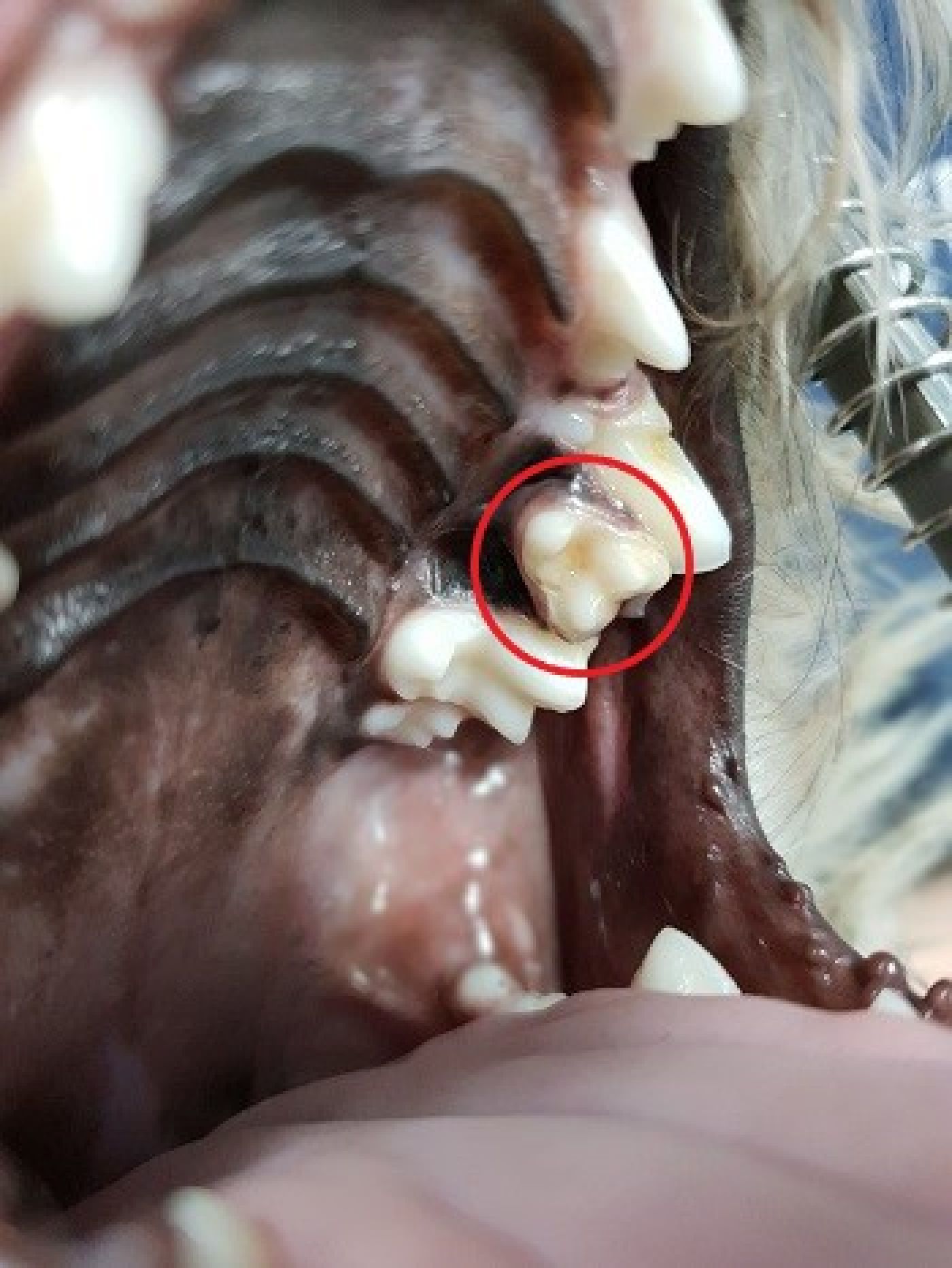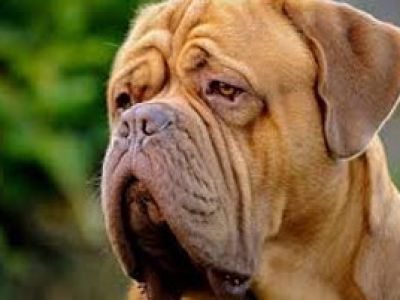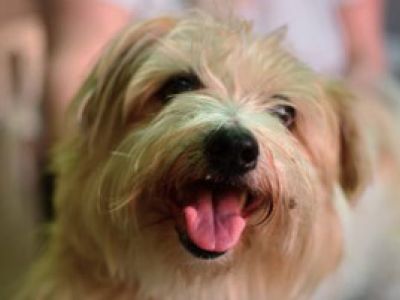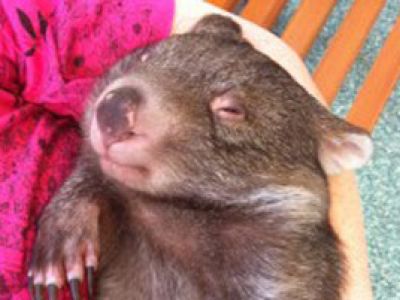Jonty

Jonty is a 10-month-old, Miniature Schnauzer, who we originally saw for puppy vaccinations and was a participant of our puppy school. At the time of examination, it was noticed that Jonty had some retained teeth. This is not abnormal in young pups, but we still need to keep a close eye on the development of the teeth, to avoid issues as Jonty ages.
Upon examination, it was noticed that both of his upper, fourth premolars were retained, alongside his permanent counterpart. Since retained teeth interfere with normal development of permanent teeth, these premolars require extraction.
Jonty was given an anaesthetic and had a set of intraoral radiographs taken. This means a full mouth series of x/rays are taken of the patient’s teeth and adjacent hard tissue. This then gives an indication of any teeth that may not have yet erupted and also the root system. These radiographs allow for better patient care, decreasing the need for further anaesthetics for dental procedures.
When a permanent tooth erupts, becomes visible, it places pressure on the tip of the deciduous tooth. This tooth is then lost and the root end of the deciduous (temporary) resorbed within the gum. A deciduous tooth is considered “persistent” as soon as the permanent tooth erupts into the mouth. The most common cause for a temporary tooth to cause problems is an incorrect eruption path of the permanent tooth. This means the new tooth, does not force the temporary tooth out of the gum, therefore requiring intervention. When the permanent tooth follows an unnatural path, there is no impetus for the root of the deciduous tooth to be resorbed, resulting in the in the deciduous and permanent teeth erupting alongside each other. Hence the need for removal. If there is no resorption of the root, we need to perform exdontia. This is removal of the tooth from the socket in the bone.
This scenario is most commonly seen in toy and small breed dogs along with cats. Most commonly it affects canines, followed by incisors and finally premolars. This is what made Jonty’s case rare as his were a case of unusual, persistent, deciduous premolars. He is now fully recovered.
This case emphasises the importance of thorough dental examination of all young dogs to ensure the dentition has been replaced correctly. Sometimes retained teeth will not be obvious.
We are happy to conduct free dental examinations of your pet’s mouth, by appointment at our Greensborough and Rosanna Veterinary Clinics.



